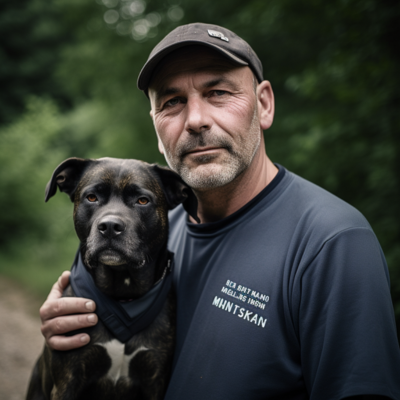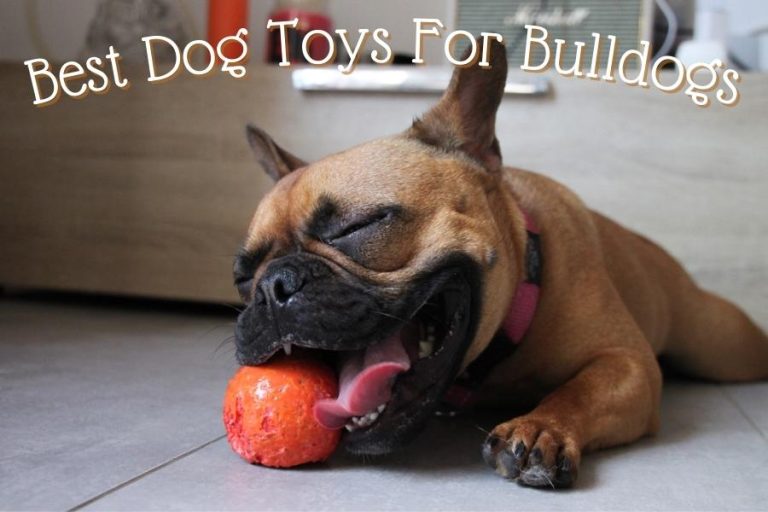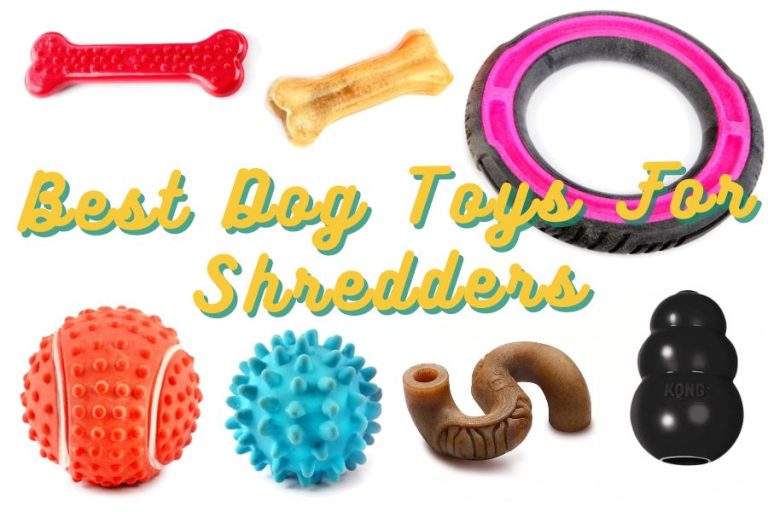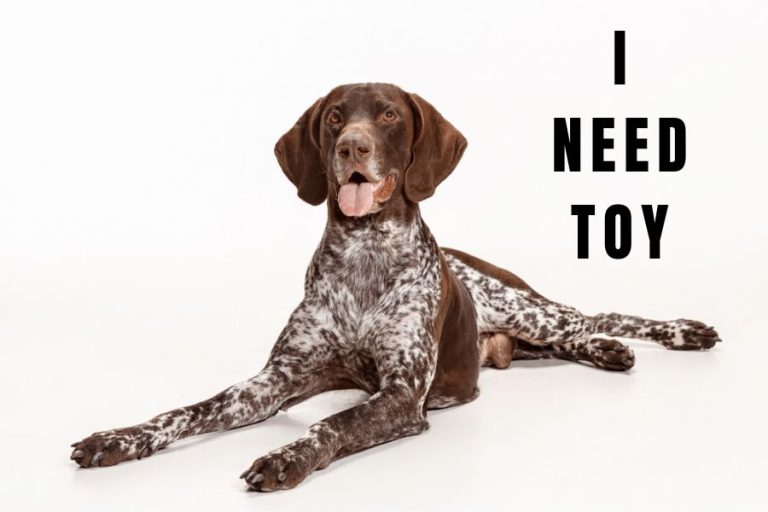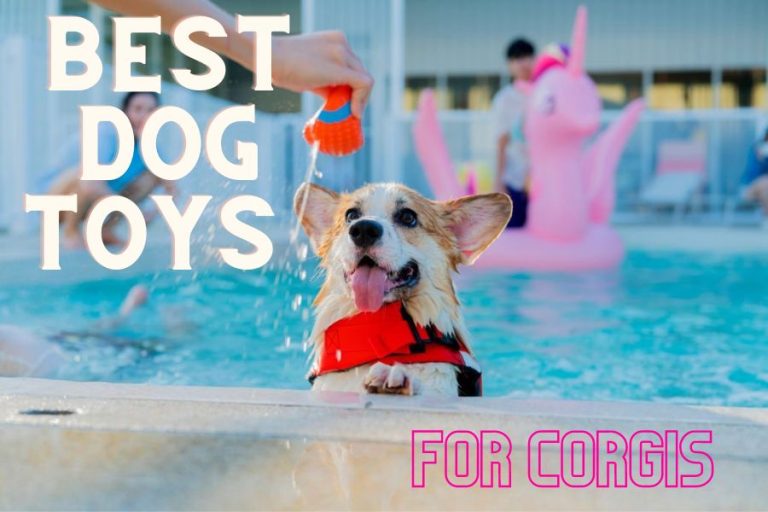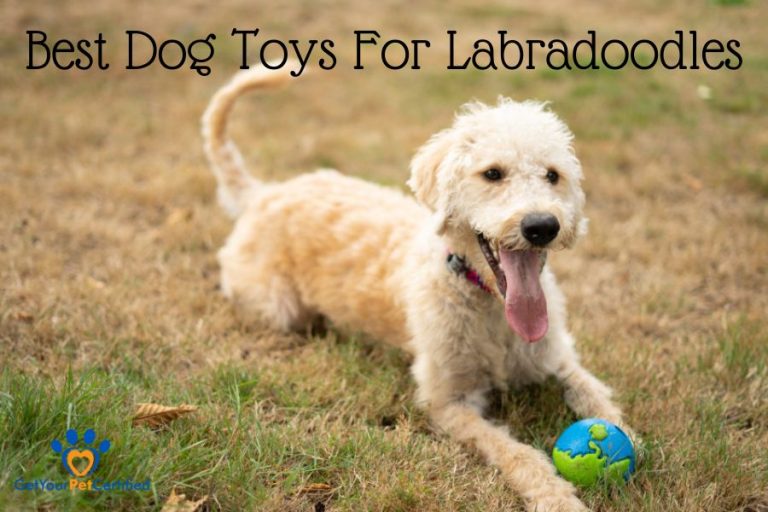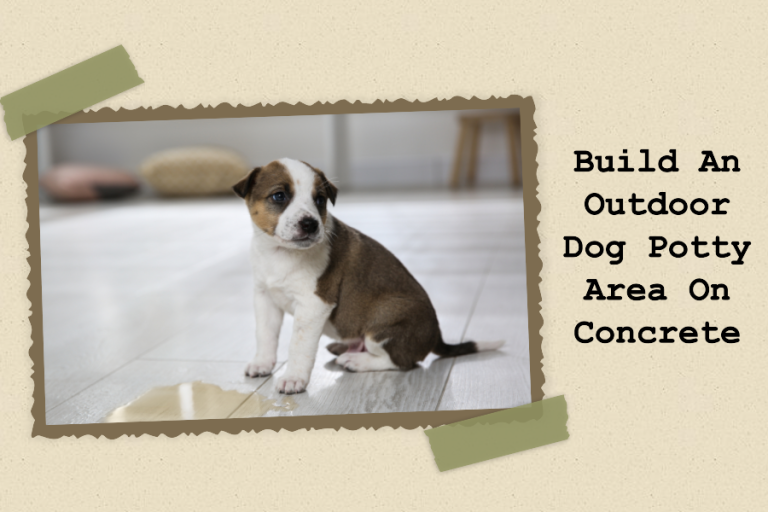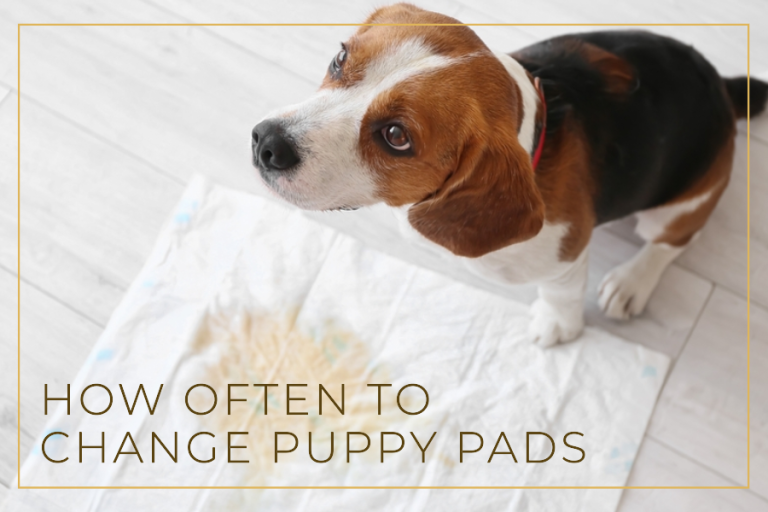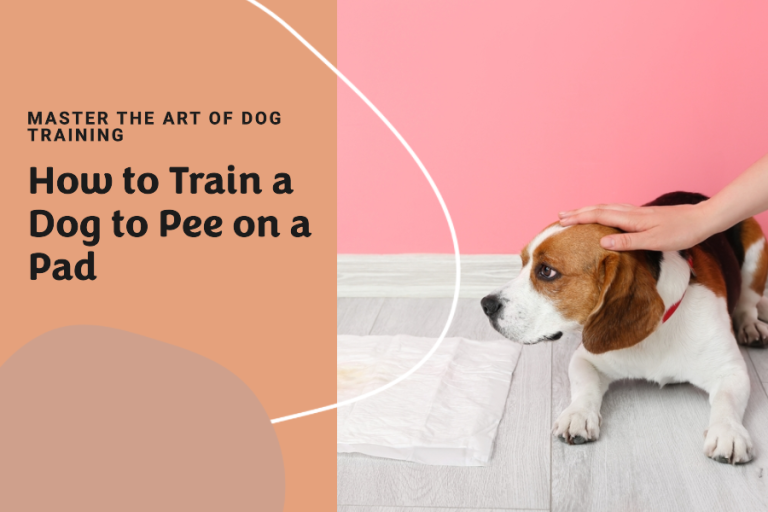When Can You Use a Shock Collar on a Puppy: An In-depth Guide
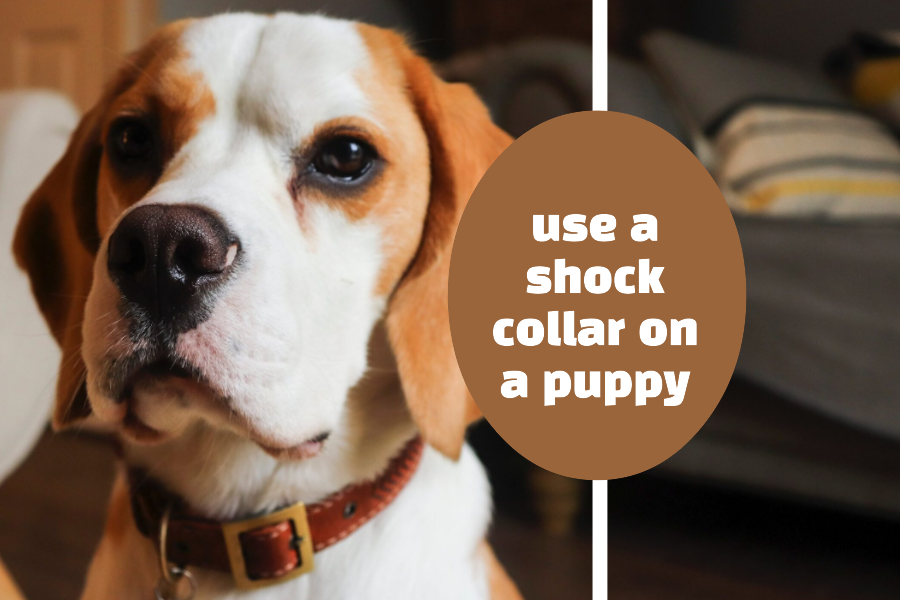
We will discuss the topic’s significance and the challenges it presents in the first section of this introduction. Many dog owners feel anxious when they consider placing a shock collar on their new puppy.
Shock collars are a popular topic of conversation. We’ll go over the pros and cons of using a shock collar on puppies and young dogs through experiences and statistics.
You’ll learn about the right age to start, if it’s ever okay to use one, and other ways to teach your puppy without a shock collar. If you want to know what’s best for your pet, we’re here to explain everything to you.
When Can You Use a Shock Collar on a Puppy ?
Please wait until your dog is 6 months old before getting them a shock collar. Little ones are still too little and easily scared.
Your puppy is more ready to learn when they are 6 months old. But remember to always ask your vet or a dog trainer about the safest way down.
It’s time to train. Start out slowly, stay on the soft setting, and be nice. Making people scared is not what I think training is all about. You also have a lot of other training tips that you can use.

How Do You Train a Puppy with a Shock Collar?
How Does a Shock Collar Work ?
In my opinion, catching their attention and discouraging bad manners are two key puppy training tasks.
A shock collar stops your puppy from doing bad things and gets its attention. You press a button when your dog barks too much or won’t come when you call it. It sends them in short shock to tell them to stop.
As long as the shock is regular and the right length of time, use the smallest one that will work. Your dog could get lost or scared if you don’t. People who train dogs say that treats and pets are better ways to teach your puppy.
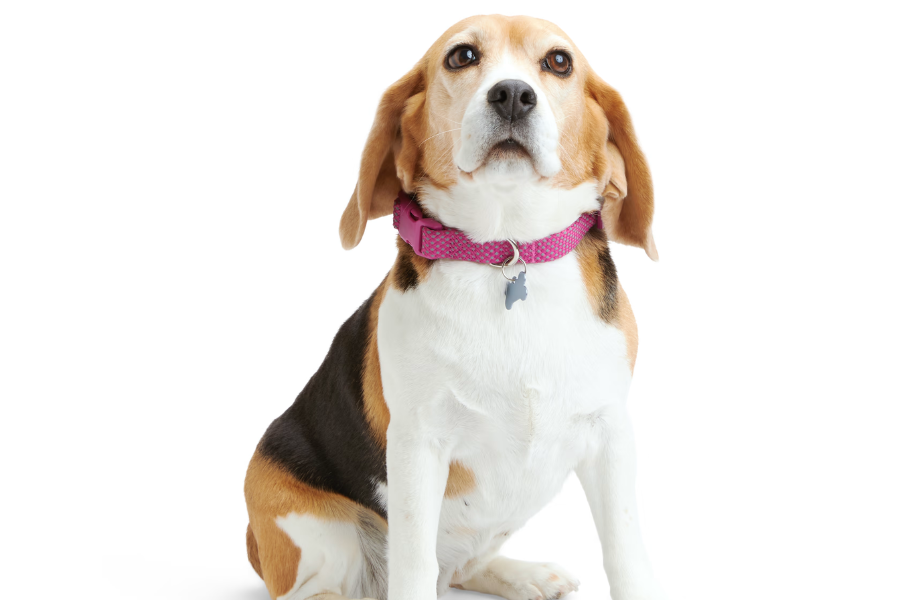
Step-by-step Guide on Basic Training Techniques Using a Shock Collar
When you train with a collar, you need to be very careful and plan ahead. It’s easy to use this tool if you follow this short guide.
First off, scout for the right shock collar. It should fit like a glove—snug, not tight. Think of it as choosing a pair of running shoes; they need to be just right. The collar must have options, from beeps to buzzes, like a coach’s whistle before the main play.
Introduce the collar like it’s a new teammate—no shocks, just presence. It’s like the warm-up phase where your puppy gets comfortable with the new gear. Keep an eye out to ensure it’s a team player, not causing any discomfort.
Set the collar’s shock to the rookie level. You’re aiming for a heads-up, not a scare. It’s like a tap on the shoulder, not a push. Bringing in a trainer is like consulting a seasoned captain, guiding you to the perfect pitch.
Kick-off training with the basics—commands like “sit” and “stay” are your drills. Reward your puppy with treats and cheer them on. It’s the pep talk before the real game begins.
Consistency with the collar is key, like a drumbeat to march to. It should signal ‘game time’ to your puppy. Reward them immediately after a play well done, just like a high-five after scoring a goal.
If your puppy steps out of bounds, the shock should flag the foul right away—but only for major penalties, not jaywalking.
Always monitor your puppy’s reaction. If they’re showing signs of fear, it’s a timeout. You’re aiming for progress, for them to become star players in listening and behavior.

Gradually, as your puppy masters the commands, ease off the collar. Start by using just the beeps or buzzes. It’s like turning down coaching as the player becomes more self-sufficient. Eventually, you can bench the collar, leading with your voice and hand signals alone, like a seasoned coach whose team runs the plays flawlessly on their own.
Safety concerns for puppy shock collars
Always be clear when you tell your puppy what to do when you use a shock collar on them. Don’t use the collar to punish your puppy out of frustration. Start with a low shock and only go higher if you really need to. Don’t keep the collar on too long to keep your pup’s skin safe.
Use Shock Collar with Rewards-Based Training
Mix shock collar training with treats and fun. When your pup does well, give them something they love. This way, they learn to like training and don’t get stressed.
Not Relying Too Much on the Shock Collar
The shock collar isn’t something to use all the time. Use it less as your puppy gets better at listening. They should listen because they understand, not because they’re scared.
People’s Opinions On Shock Collars For Puppies
Shock collars really get people talking. Shock collars is a toughie. For some, they’re a hit; for others, a total miss.
You’ll find dog trainers who swear by them for teaching pups. Yet, groups like Animal Friends argue they’re mean and can harm your furry buddy.
Often, it’s better to give your dog a treat for good behavior instead.
These collars can cause nasty sores or burns on your dog. That’s a big deal to consider before you start. Plus, they can scare the fluff out of your dog, making them tense or jittery. If you go down this road, keep a close eye on your puppy. You don’t want them to get too scared.
Also, don’t forget that not all places allow shock collars. Some rules say “No way” to them. Before you and your dog try one, it’s best to make sure they’re cool where you live.
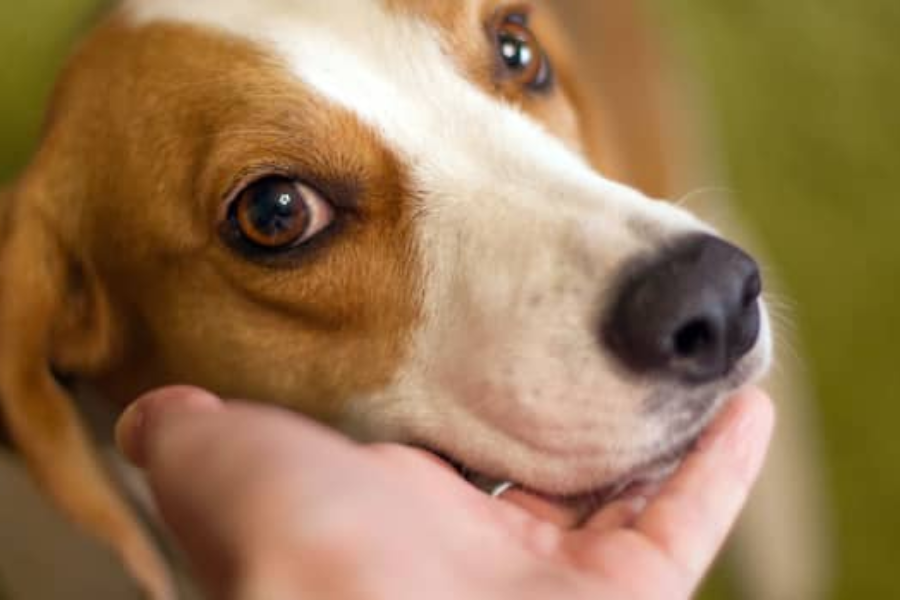
Is It Better to Train a Puppy with a Collar or Harness?
When you train your dog, you have to decide whether to use a collar or a leash. Each choice has pros and cons, and the best one for your dog will depend on its size, breed, and behavior.
Collar or Harness: What’s Best?
Let’s talk about collars first. Traditional collars, often recommended by experts for basic training, play a crucial role in this process. They provide direct control over the puppy’s head and neck, allowing for easier guidance and correction of movement.
Besides training, collars serve another vital function – safety. They offer a convenient way to attach identification tags and licenses, which are essential if a puppy wanders off.
Now, harnesses are a different story. They wrap around your pup’s chest and back, which means you’ve got more say when they try to take the lead. Harnesses are increasingly recognized by dog training experts for their safety and comfort benefits, especially for certain types of puppies.
Renowned dog behaviorist Dr. Emily Blackwell emphasizes, “Harnesses are a safer and more comfortable option for breeds prone to breathing difficulties and for puppies still learning leash etiquette.”
Breed, Size, and Behavior Matter
Keep your puppy’s breed, size, and personality in mind when picking their gear. Little ones or breeds with breathing-impaired breeds, like Pugs and Bulldogs, usually get along better with a harness. It’s kinder to their necks. But the bigger, easygoing dogs that stroll calmly can often stick with a collar.
And if your pup is a ball of energy or a strong puller, a harness could be your best friend for keeping things chill. On the flip side, if your dog is the cool, collected type, a collar should work just fine for your walks and training sessions.

A Collar or Harness for Shock Collar Training
Let’s talk about how to use simple collars, leashes, and shock collars. You need to be careful, though. The shock collar isn’t meant to be used every day. You can use it to stop bad behaviour right away if you need to, and you should always use a normal collar or lead for walks and runs. Also, if you want to buy a shock collar, you should make sure that a trainer agrees with you.
Also, shock isn’t the only way to train. Clicker training or giving treats for good behavior are great alternatives. They do work and keep things pleasant for your four-legged pal.
Wrapping it up
Puppy training is a big test. In conclusion, the decision to use a shock collar on a puppy is one that requires careful consideration and a deep understanding of the potential impacts.
Remember, the goal of training is to build a bond of trust and understanding between you and your puppy. The methods you choose will shape your relationship and your puppy’s behavior for the rest of their life. Training should be an enjoyable and bonding experience for both of you.

